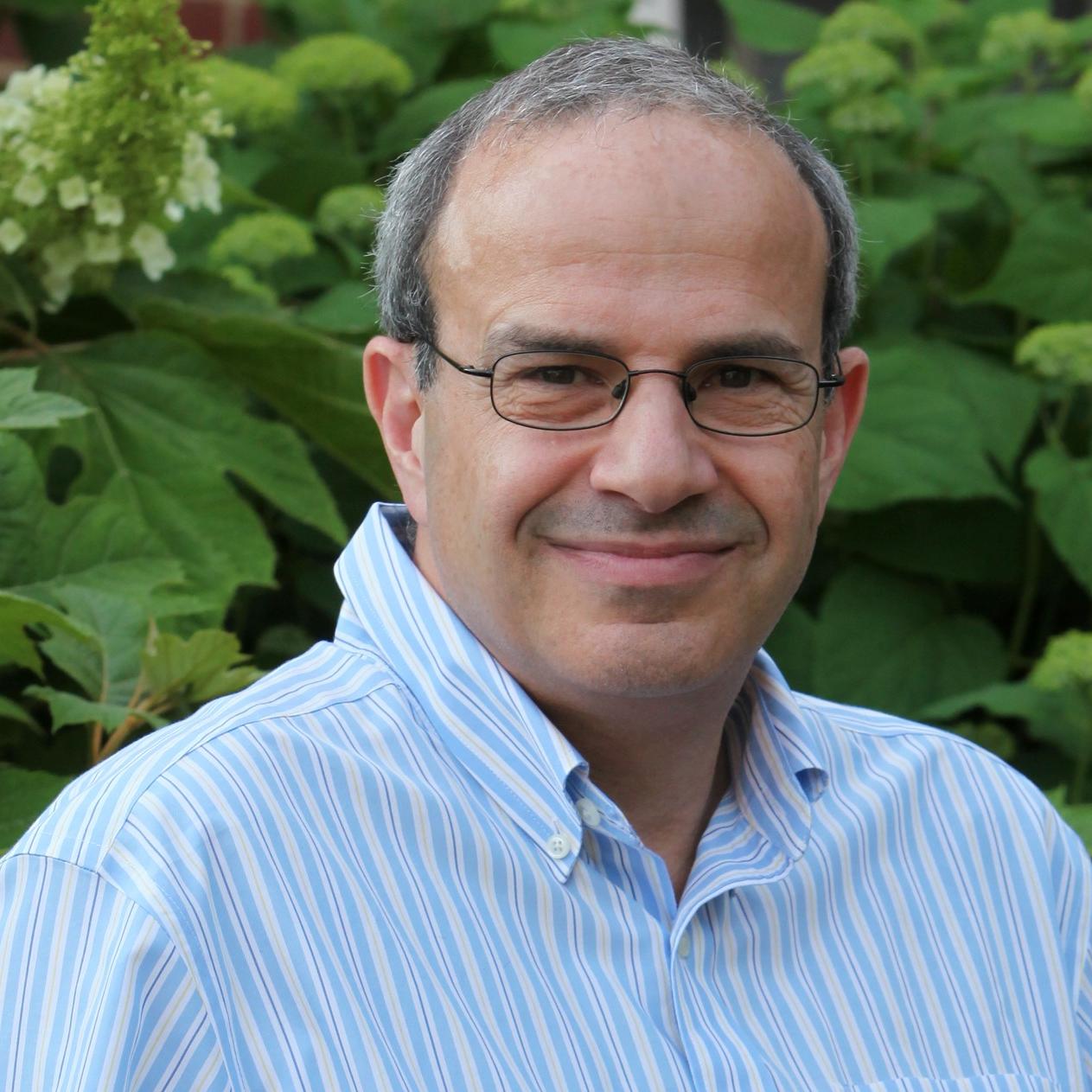
Nathan Seiberg explores frontiers of physics in 2025 Bethe Lecture
Seiberg, professor in the School of Natural Sciences at the Institute for Advanced Study, will explore string theory and other aspects of scientific progress.
 Department Homepage
The College of Arts & Sciences
Department Homepage
The College of Arts & Sciences

Seiberg, professor in the School of Natural Sciences at the Institute for Advanced Study, will explore string theory and other aspects of scientific progress.


Researchers develop a new bacterium that can absorb DNA directly from its surroundings and incorporate it into its own genetic code.


Cornell researchers and collaborators have developed a neural implant so small that it can rest on a grain of salt, yet it can wirelessly transmit brain activity data in a living animal for more than a year.
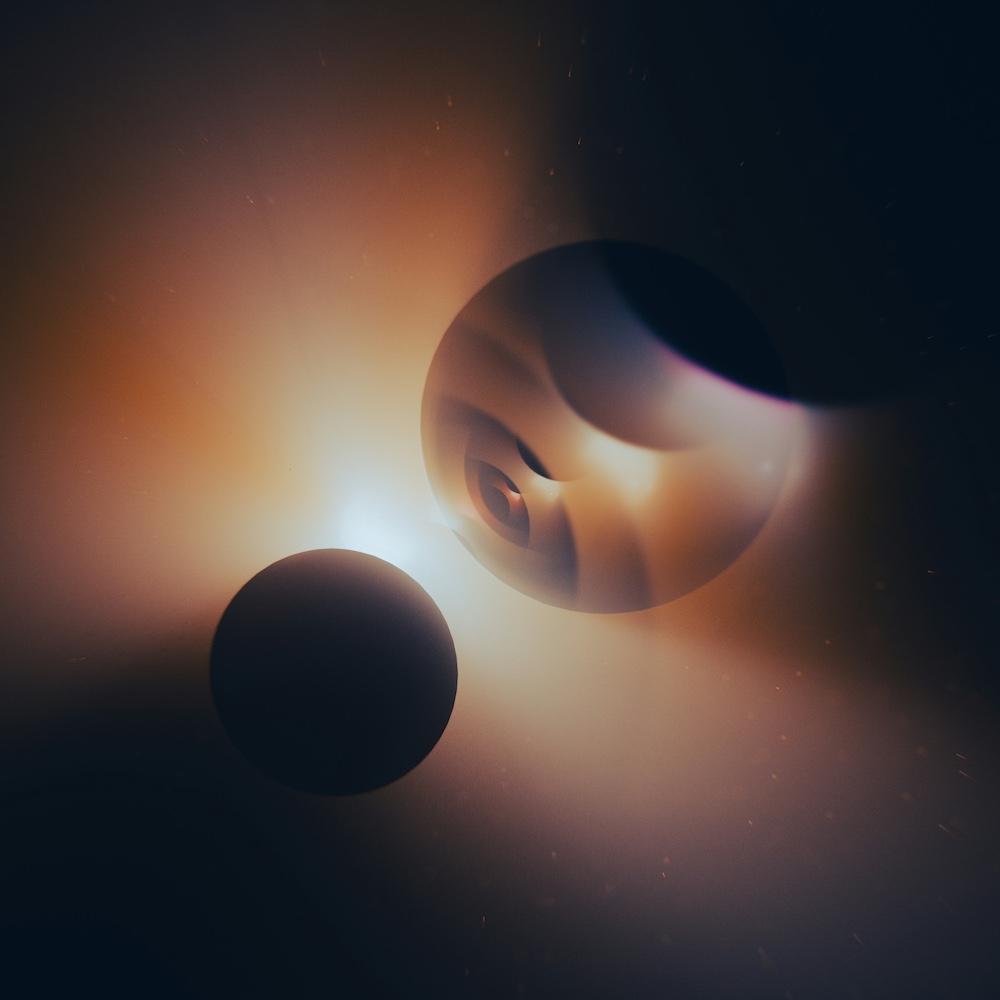
Cornell physicists and computer scientists have developed a machine learning architecture inspired by the large language models (LLMs) behind ChatGPT to help them study the vastly complicated interactions that happen when nature's smallest particles interact.
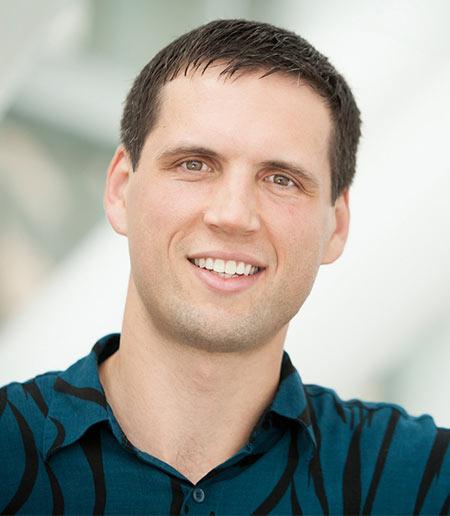

Thomas Hartman is a professor in the Department of Physics in the College of Arts & Sciences.
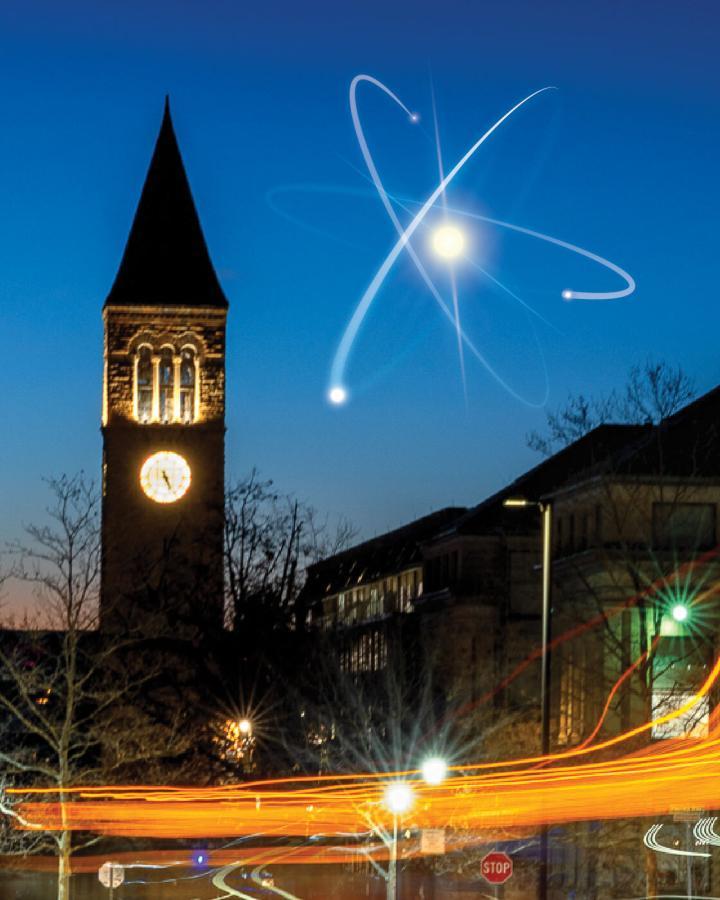
The recognition goes to researchers pushing the boundaries of experimental physics.

These simulations, developed with significant input from Cornell researchers using code written at Cornell, help scientists analyze gravitational waves observed by the LIGO, Virgo and KAGRA detectors located in the U.S., Italy and Japan.
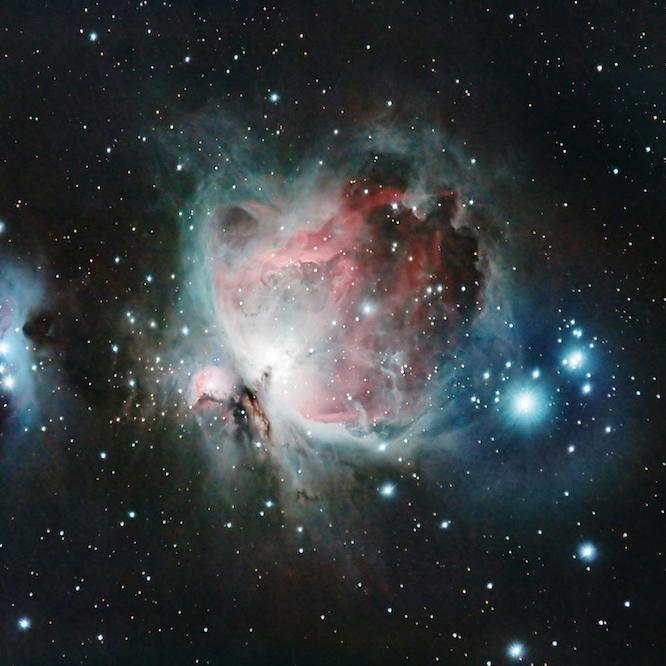
After expanding to its peak size about 11 billion years from now, the universe will begin to contract – snapping back like a rubber band to a single point at the end, according to a Cornell physicist.

A Cornell researcher and collaborators have developed a machine-learning model that encapsulates and quantifies the valuable intuition of human experts in the quest to discover new quantum materials.
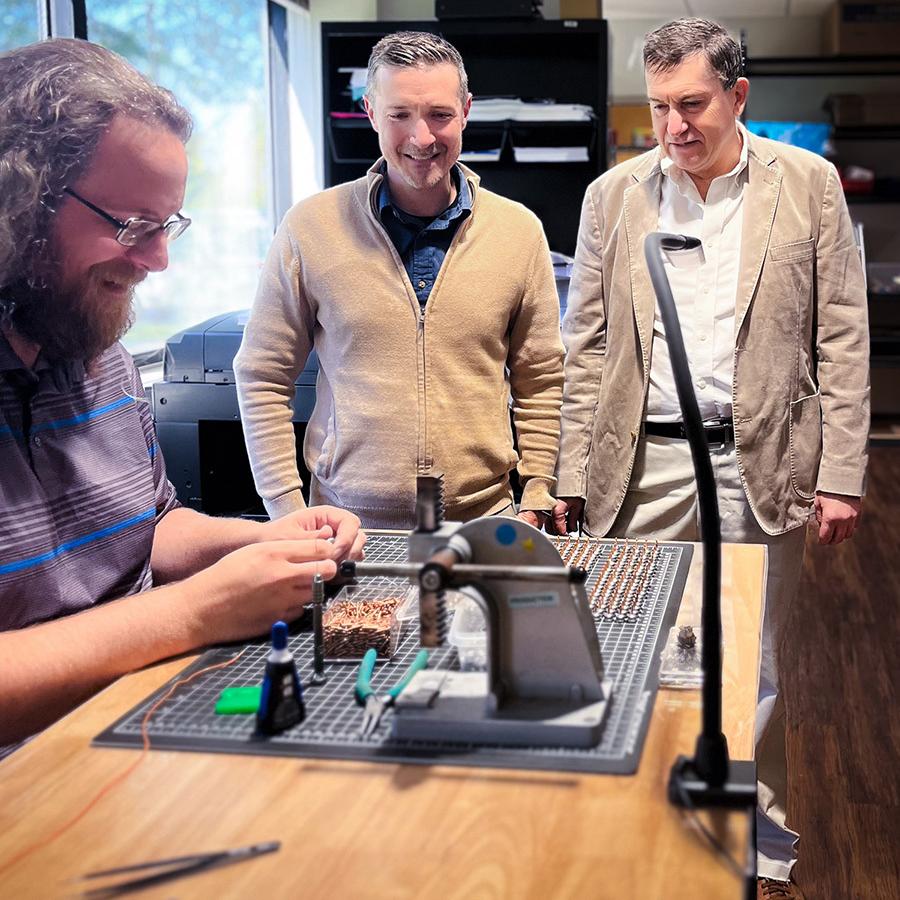
Physics Professor Robert Thorne's company just celebrated 20 years in business and its 25th patent.
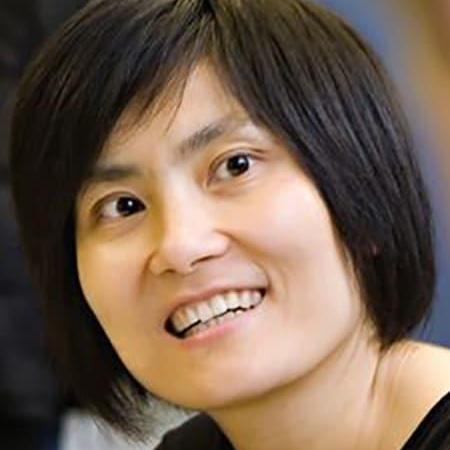

Wang was honored for “original and innovative work on insect flight that provided fundamental insights into unsteady aerodynamics, flight efficiency, flight stability, and neural control, and for opening new dimensions of research in biological fluid dynamics.”
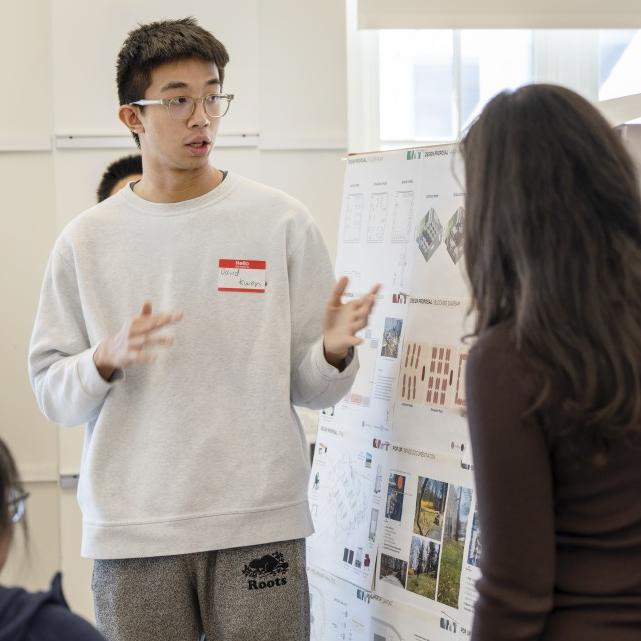

The Center for Teaching Innovation will host “What Works,” on Oct. 1, featuring presentations, the Canvas Course Spotlight awardees, and a poster showcase that will demonstrate engaged learning approaches from Cornell faculty teaching in a diverse range of courses and fields.

Through The Introductory Physics Lab Institute, professor Natasha Holmes shares best practices in physics labs.
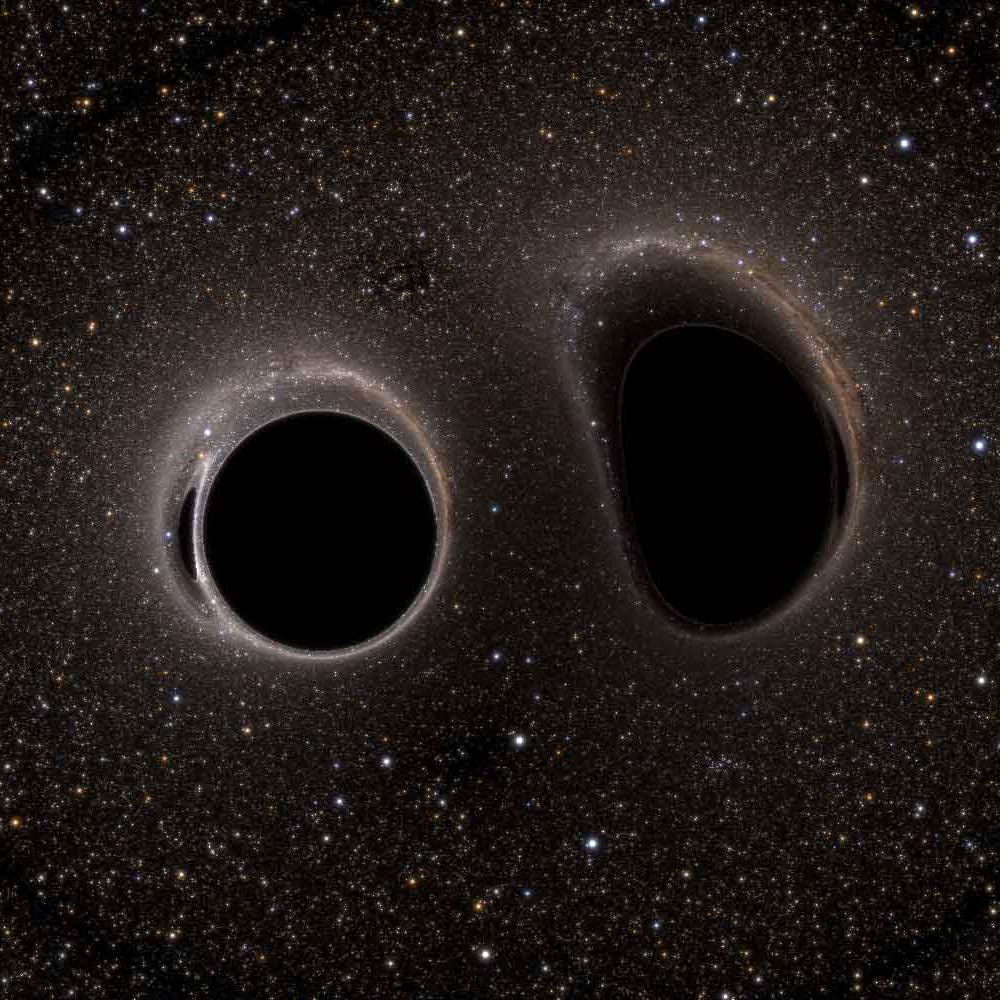
The LIGO-VIRGO-KAGRA team has announced a black hole merger similar to its first detection; a decade’s worth of technological advances allow unprecedented tests of General Relativity to be performed.
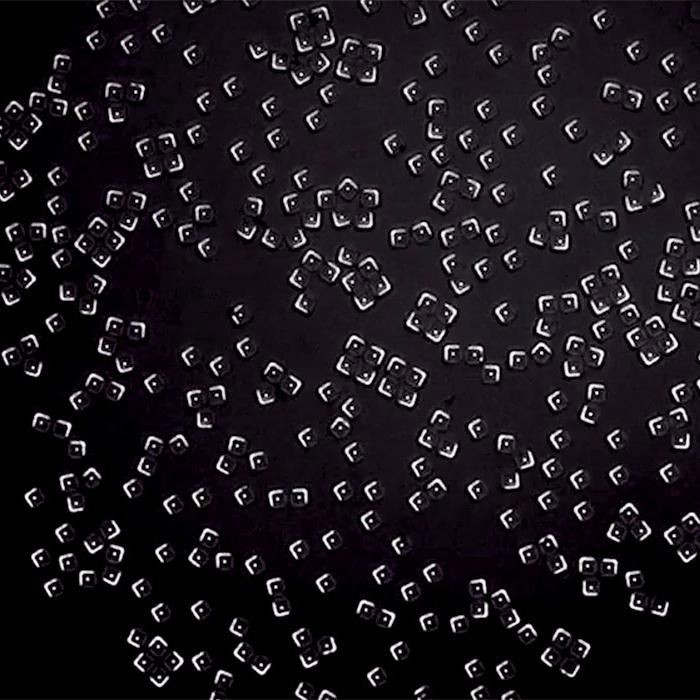

A Cornell-led collaboration developed microscale magnetic particles that can mimic the ability of biomolecules to self-assemble into complex structures, while also reducing the parasitic waste that would otherwise clog up production.
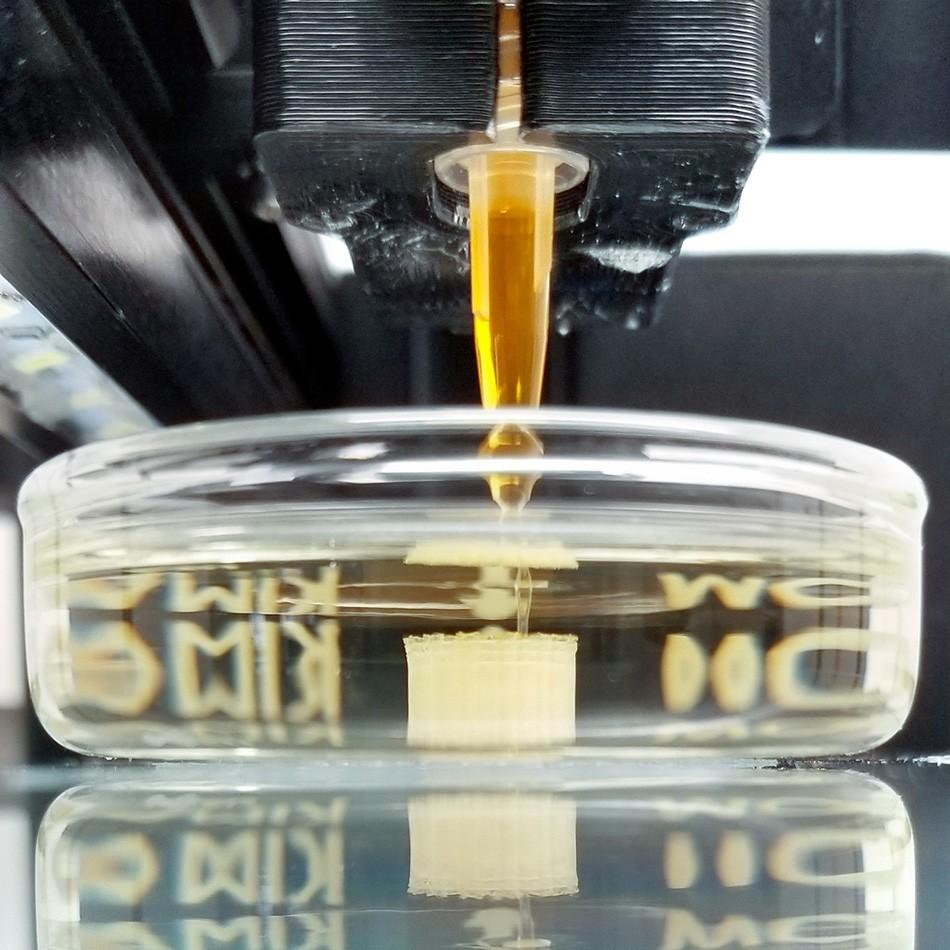

Nearly a decade after they first demonstrated that soft materials could guide the formation of superconductors, Cornell researchers have achieved a one-step, 3D printing method that produces superconductors with record properties.

Ten students who participated in this summer's Nexus Scholars Program share their stories..
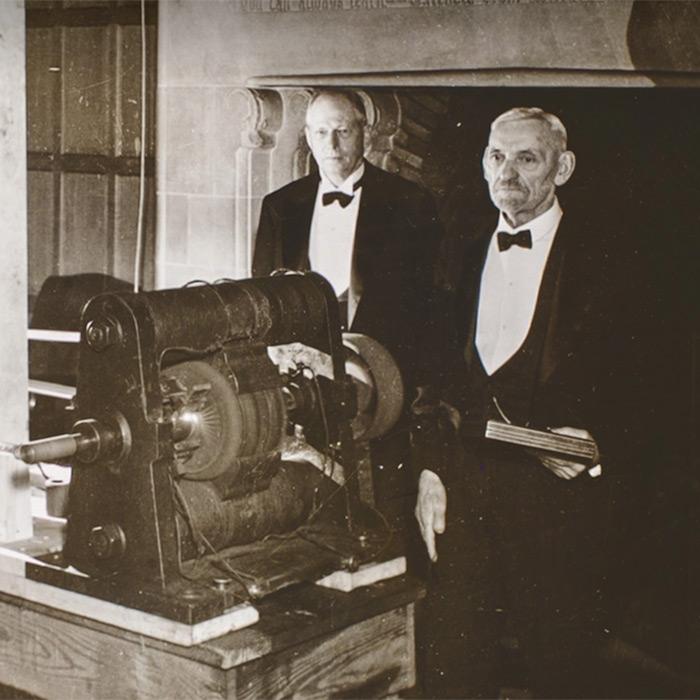
In the 19th century, a pioneering ‘dynamo’ not only lit up the campus—it sparked advances in engineering research on the Hill
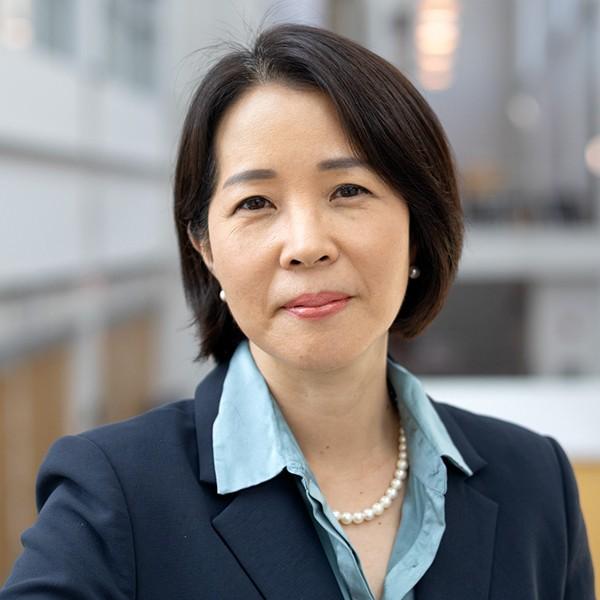
The NSF, in partnership with Intel, will invest $20 million over five years.
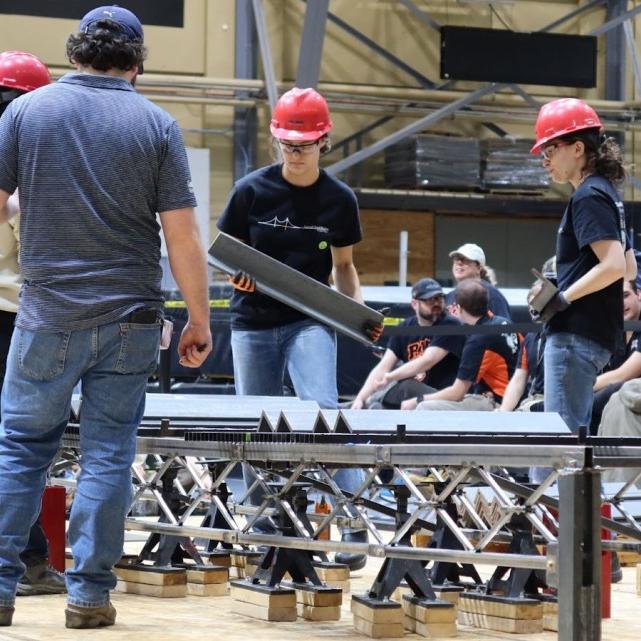

Cornell’s Student Machine Shop at the Laboratory of Atomic and Solid State Physics (LASSP), students have access to industry-standard equipment and expert guidance: “We have users from physics, chemistry, architecture, engineering, physical education — you name it.”
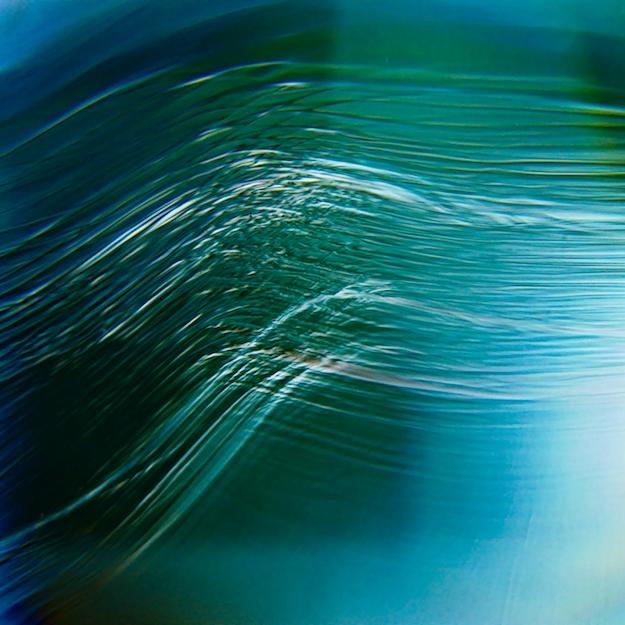
The researchers achieved two major breakthroughs, taking a step towards universal topological quantum computing (fault tolerant computing).

Their breakthroughs came in part by interweaving two fields: 2D materials and spintronics, also known as spin electronics.
.jpg)
The professorships are made possible because of gifts from alumni, parents and friends.


Cornell researchers are applying a theory about the movement of electrons to a much taller, human system – the National Basketball Association.
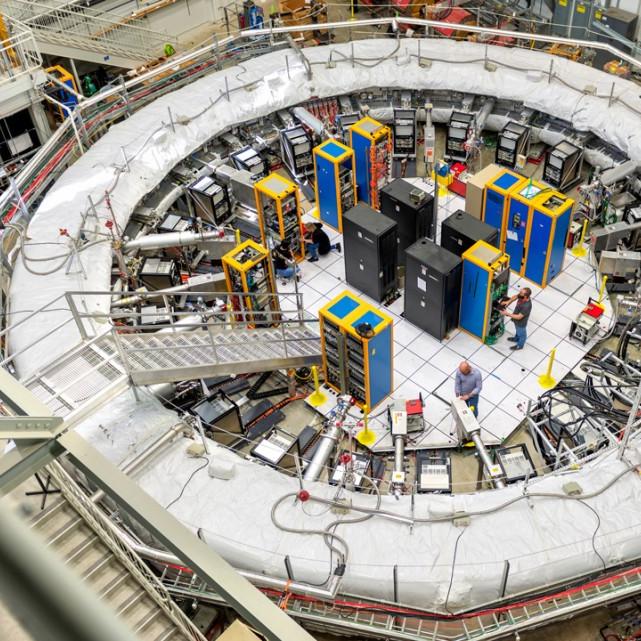

The international, interdisciplinary team measured the magnetic anomaly of the muon – a tiny, elusive particle that could have very big implications for understanding the subatomic world.

"Students across the country are going to miss out on innovative improvements to their science education – innovations that would have critically prepared them for the competitive 21st century technological workforce."
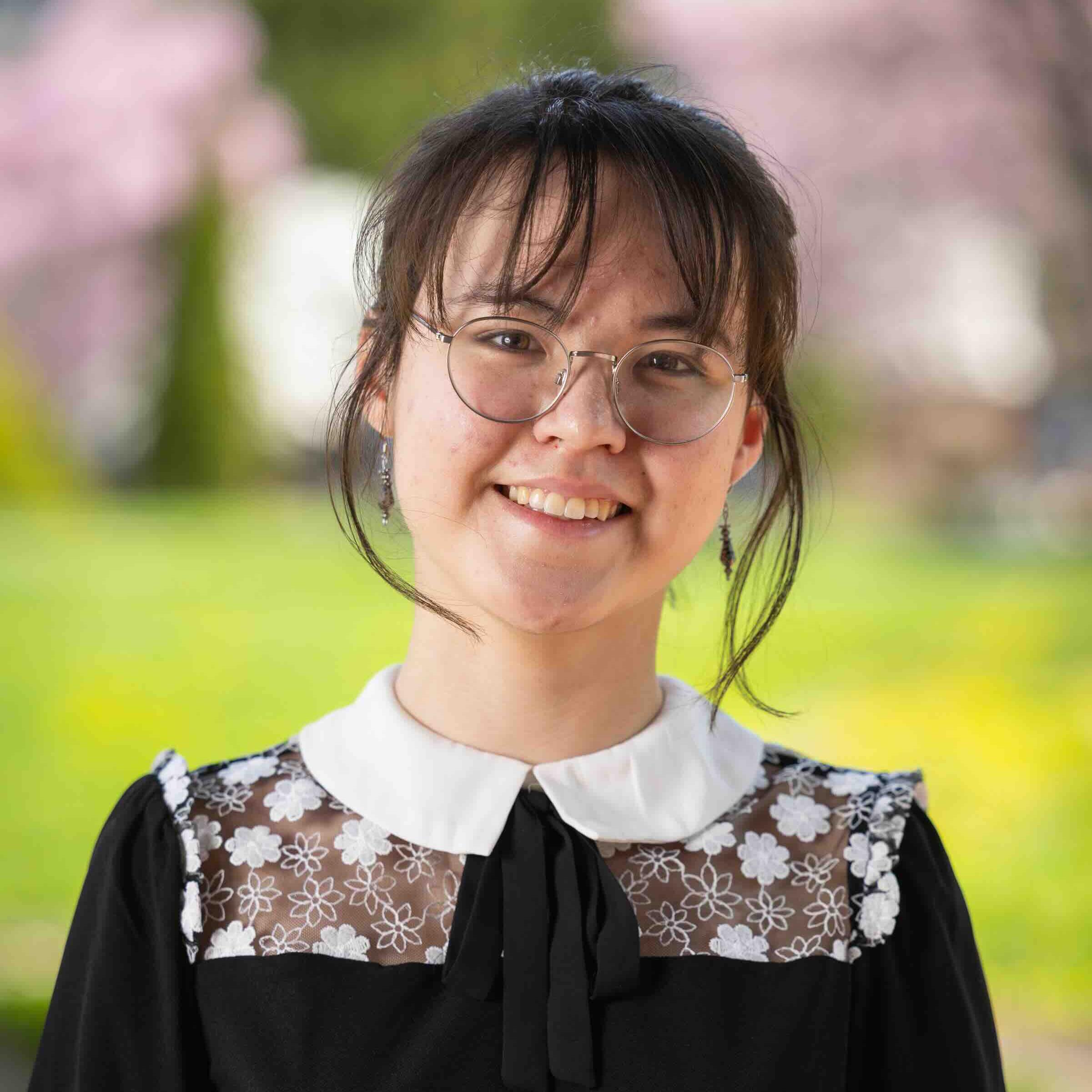
Sabrina McDowell is a physics major.

Owen Wetherbee is a physics, mathematics & computer science major.
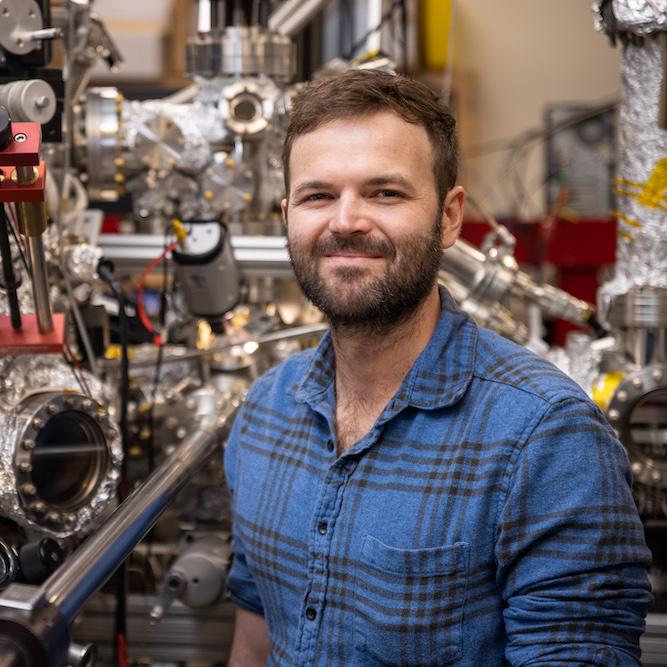
Paul Malinowski received the 2025 Martin and Beate Block Winter Award from the Aspen Center for Physics.


Donald Hartill, a professor of physics emeritus in the College of Arts and Sciences and a driving force behind decades of experimental research in particle physics, died on April 16. He was 86.

Centenarian Roland Reisley ’46, BA ’45, an A&S physics alum, has resided in the Hudson Valley home for more than seven decades.


Cornell researchers are helping upgrade the CMS detector at CERN, as LHC collaborations win the 2024 Breakthrough Prize for fundamental physics discoveries.
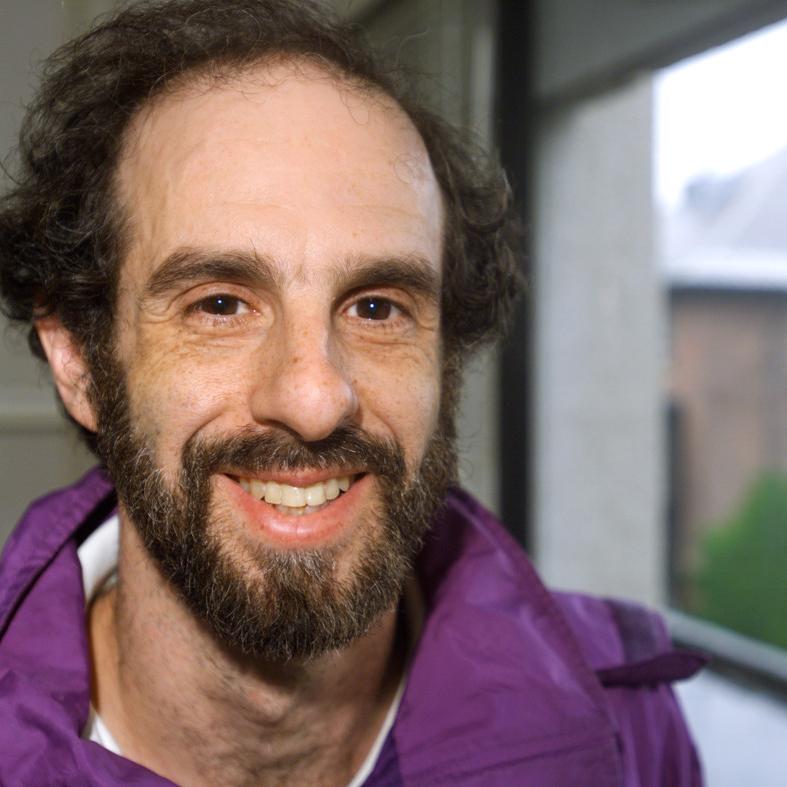
Modern science wouldn’t exist without the online research repository known as arXiv, Sheon Han writes in a Wired feature about arXiv's creator Paul Ginsparg, professor of physics.


Researchers studying novel traits in organisms and the fundamental understanding of extreme weather are among the five Cornell assistant professors who've received National Science Foundation Faculty Early Career Development Awards.

Physicist Shahal Ilani will introduce the emerging field of twistronics, which is revolutionizing our ability to harness quantum phenomena, during a public lecture April 9.
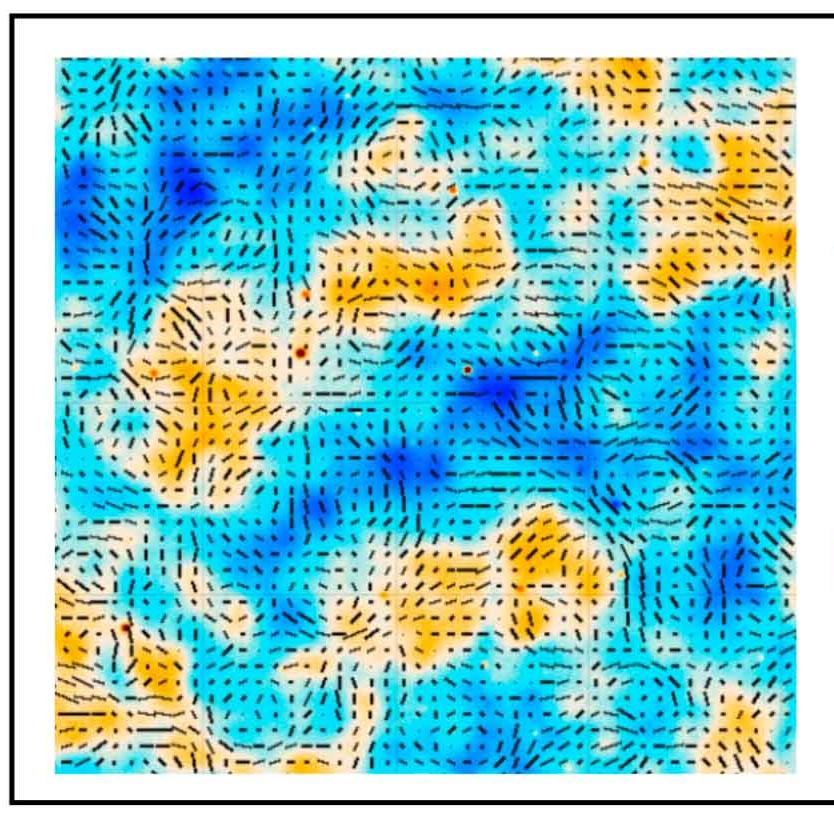
The new results confirm a simple model of the universe and have ruled out a majority of competing alternatives, says the research team.

Students from several graduate fields, including physics in A&S, will compete in the final round of the 2025 Three Minute Thesis competition (3MT) on March 19.
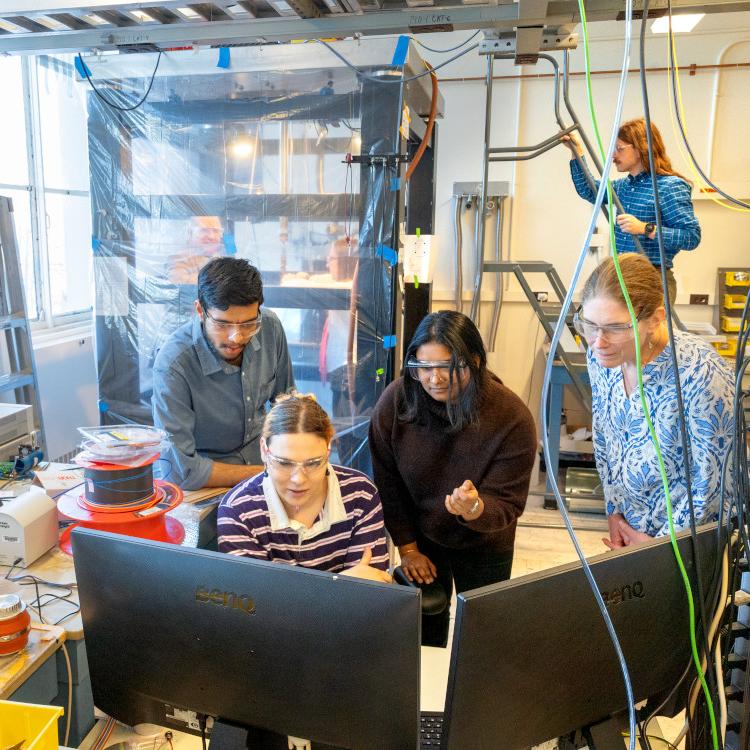
Even when women receive similar amounts of recognition from peers as men for excelling in physics classes, they perceive significantly less peer recognition, new research has found.
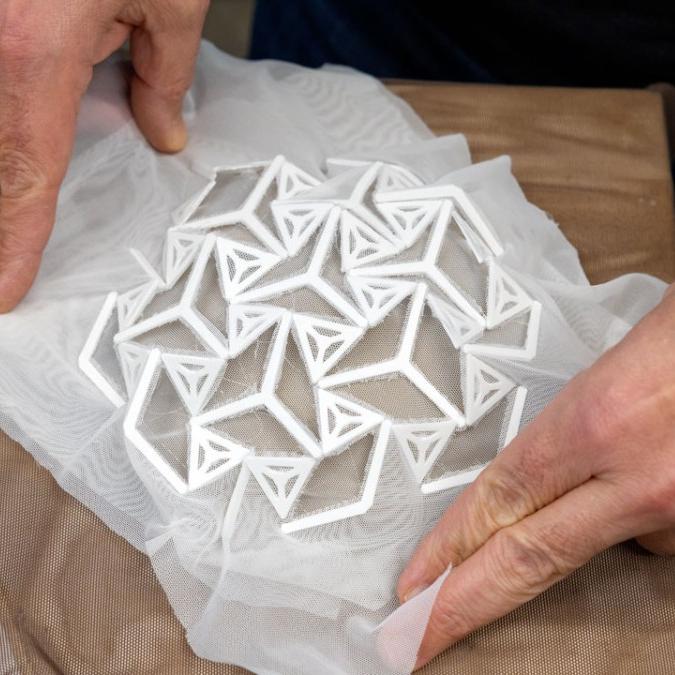

What if photovoltaic panels were a hinged, lightweight fabric that was aesthetically attractive and could wrap around complex shapes to better absorb sunlight?
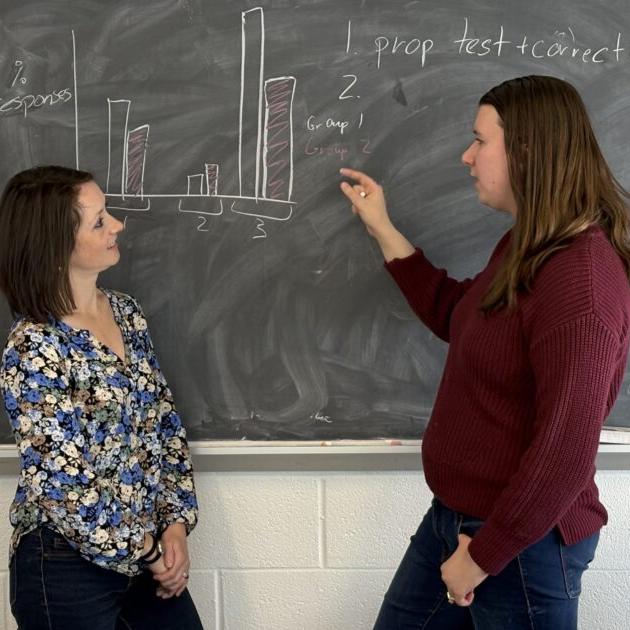
In a series of interviews with faculty-graduate student pairs, the Cornell University Graduate School spoke with Rebeckah Fussell, a Ph.D. candidate in physics, and Natasha Holmes, Ann S. Bowers Associate Professor of physics.
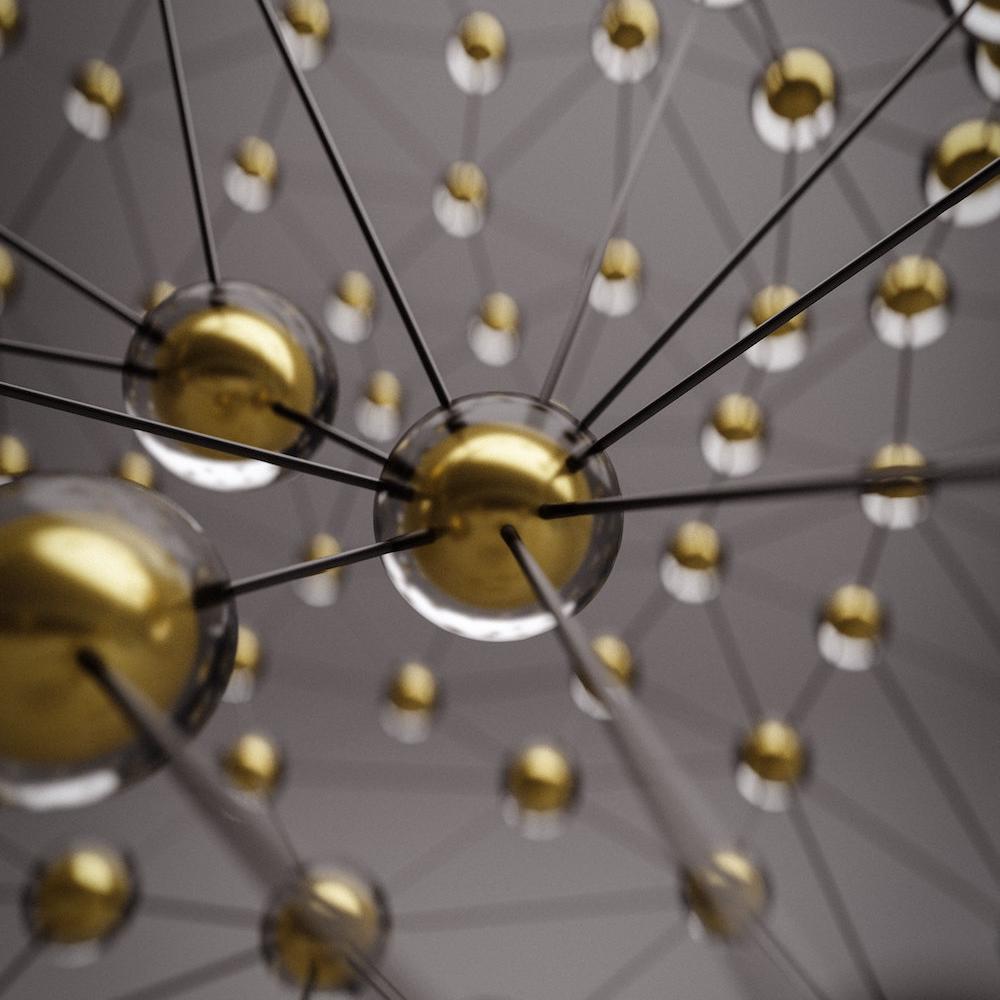

Cornell researchers have captured an unprecedented, real-time view of how a promising catalyst material transforms during operation, providing new insights that could lead to replacement of expensive precious metals in clean-energy technologies.
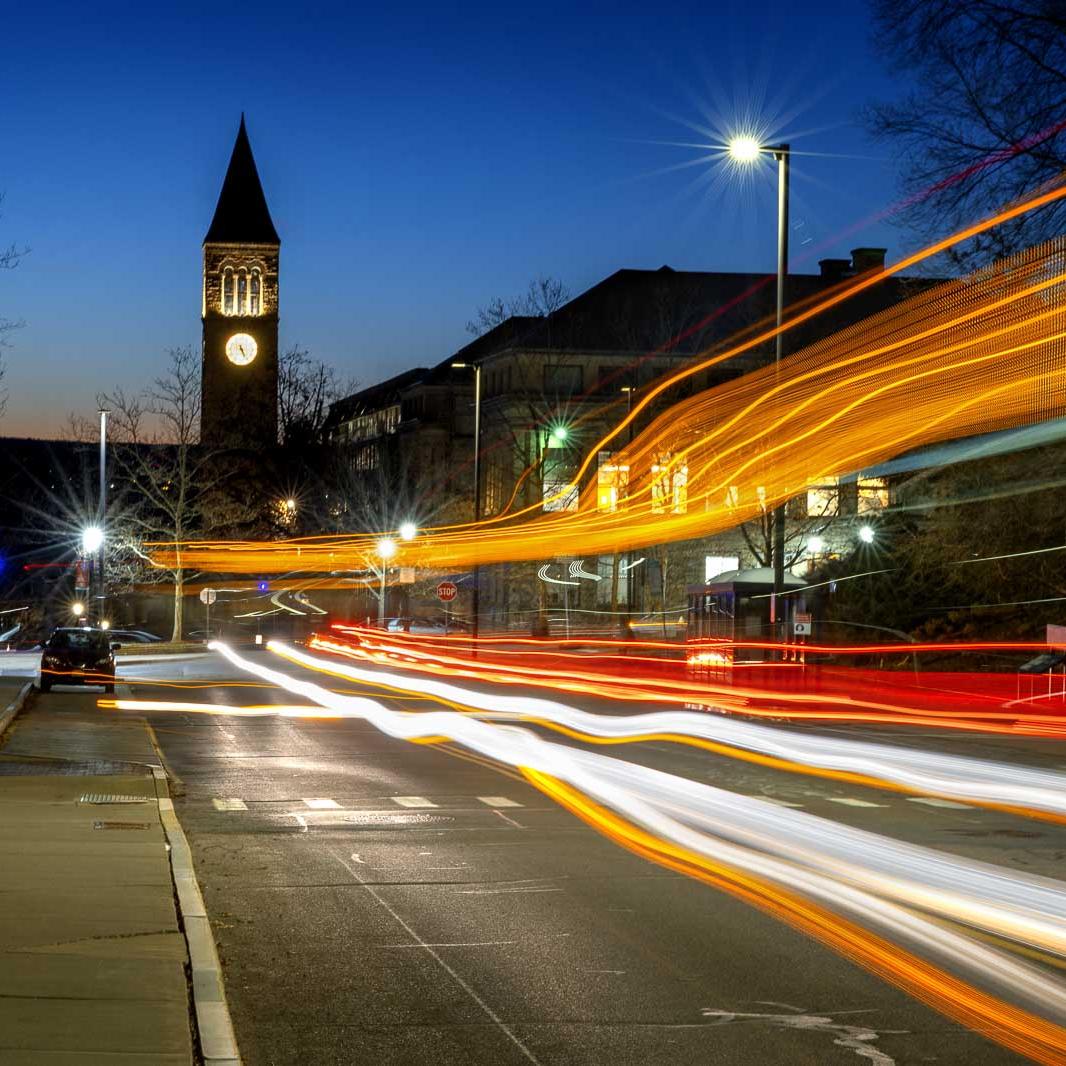
Fellows will pursue research in the sciences, social sciences and humanities.
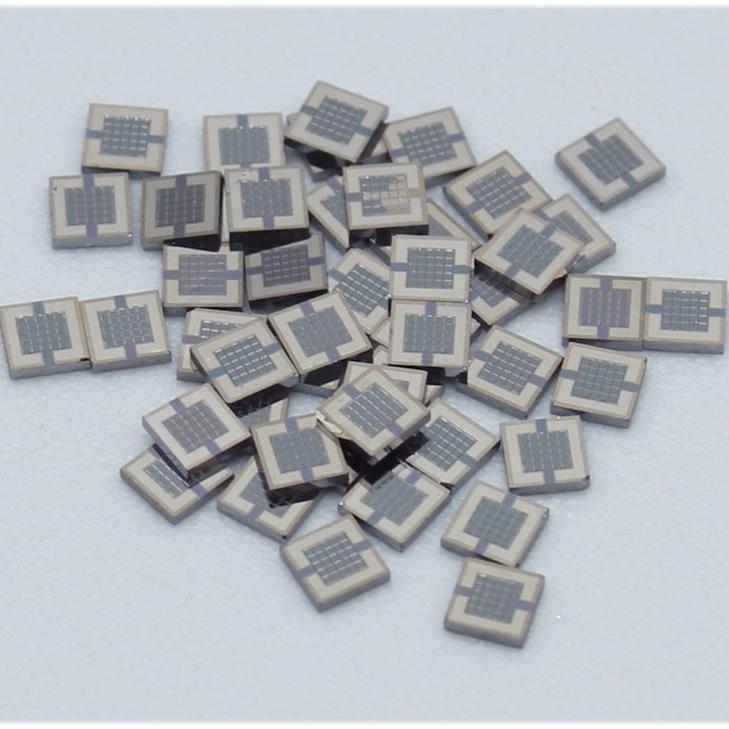
Cornell chemists and nanofabrication experts have joined forces to create a 2 millimeter-wide, wireless, light-activated device to simplify electrochemistry for broad use.


Microscopic machines engineered by Cornell researchers can autonomously synchronize their movements, opening new possibilities for the use of microrobots in drug delivery, chemical mixing and environmental remediation, among other applications.
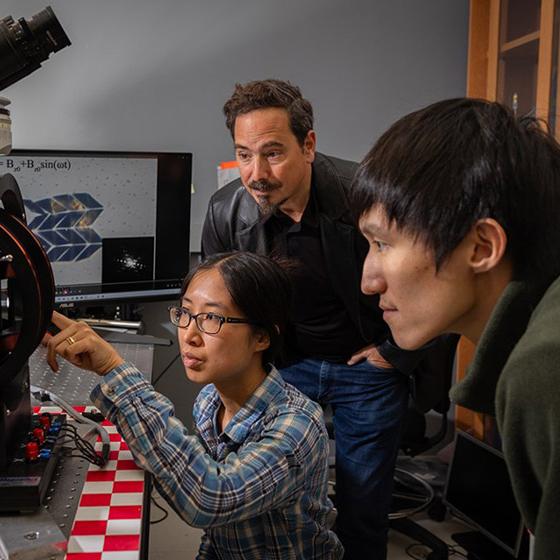
Cornell researchers in physics and engineering have created the smallest walking robot yet. Its mission: to be tiny enough to interact with waves of visible light and still move independently, so that it can maneuver, and take images and measurements.
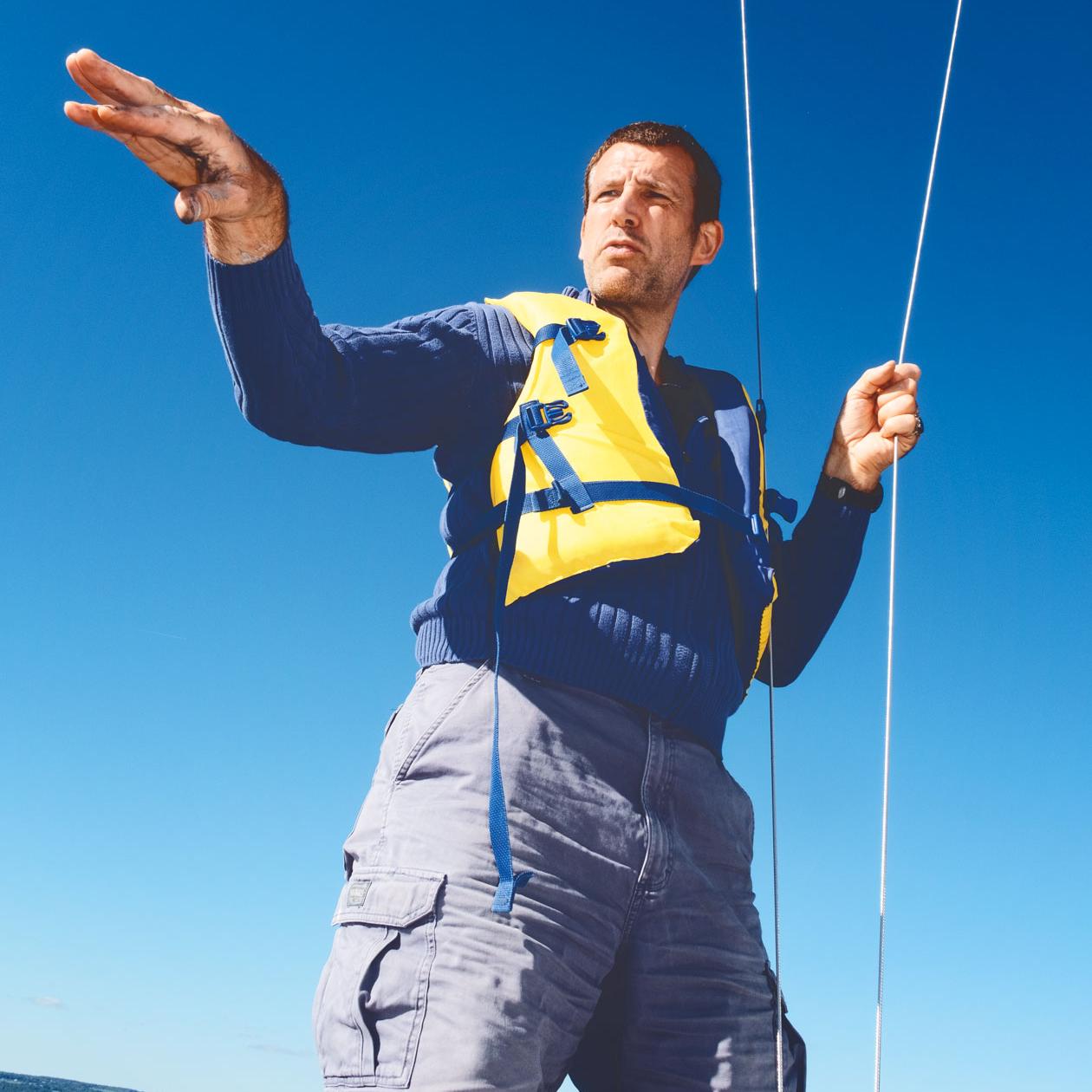
Students venture out onto Cayuga Lake for hands-on learning about wind speed, velocity, buoyancy, and more
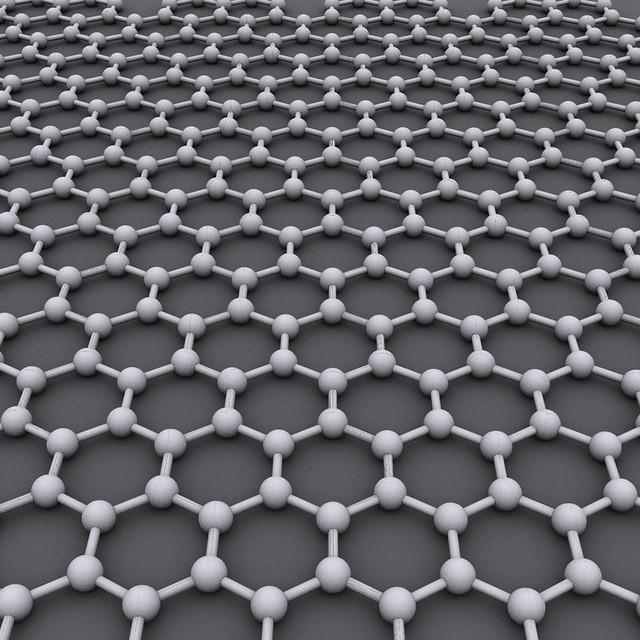
Cornell researchers have identified the highest achievable superconducting temperature of graphene – 60 Kelvin. The finding is mathematically exact and is spurring new insights into the factors that fundamentally control superconductivity.
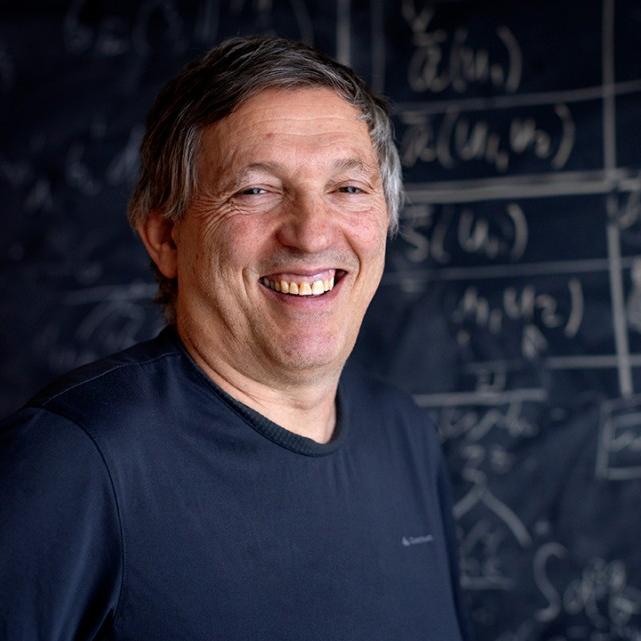
Yuval Grossman, professor of physics in the College of Arts and Sciences, has been elected as a fellow of the American Physical Society for seminal contributions in “flavor” physics.
The conference focused on the current status and future of heavy quark physics while highlighting the science Lepage has done throughout his career.
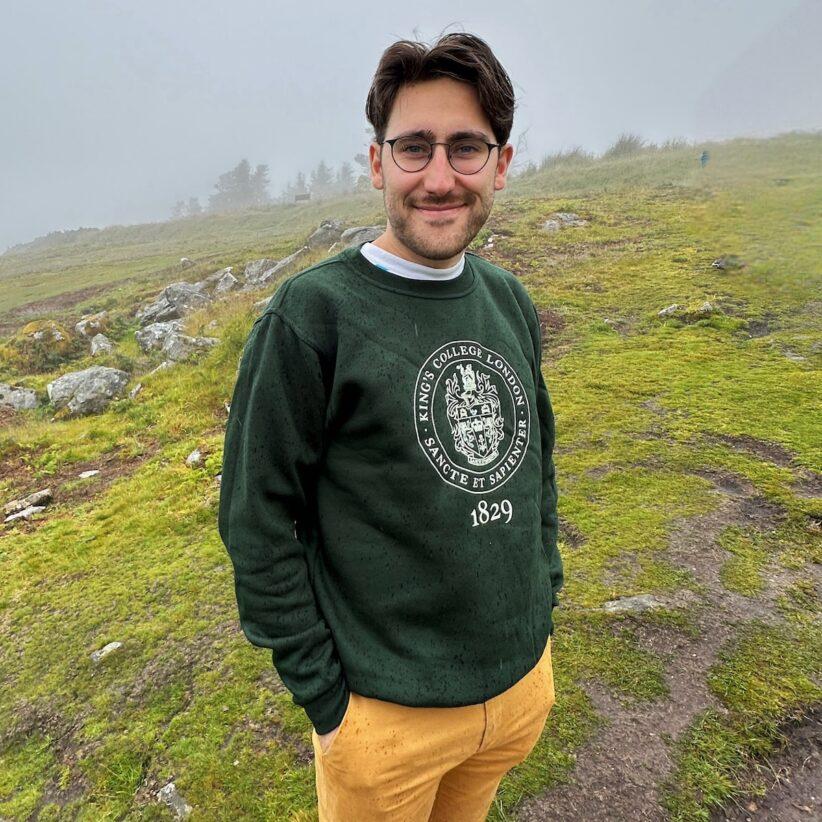
Elijah Sheridan, a doctoral student in physics from Lansing, Michigan, studies string theory under the guidance of Liam McAllister at Cornell.